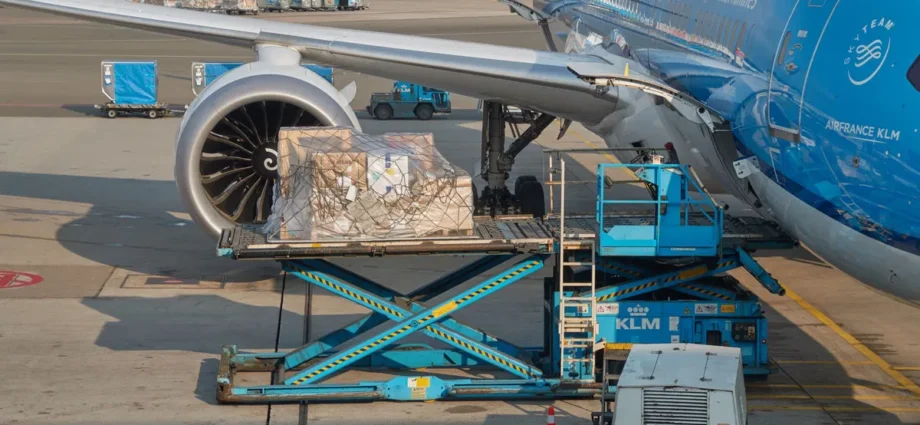The global air cargo sector maintained strong momentum in April 2025, with volumes climbing and capacity reaching record levels—signalling renewed strength across key logistics corridors. While Africa remains a small player in global air cargo, the continent’s performance in April was notable, with demand growing steadily, even as certain trade routes faced pressure.
According to the International Air Transport Association (IATA), total global air cargo demand—measured in cargo tonne-kilometres (CTKs)—rose by 5.8% compared to April 2024. International air cargo traffic climbed even higher, growing by 6.5% year-on-year. Available cargo capacity also surged, with a 6.3% global increase and 6.9% growth in international operations.
African airlines saw a 4.7% increase in demand, outpacing several other regions, and expanded capacity by 9.7%, reflecting optimism in the continent’s air freight potential. However, some African international trade lanes—particularly Africa–Asia—recorded a decline in traffic, pointing to shifts in global sourcing patterns and economic pressure in key partner markets.
Africa’s Role in the Global Shift
The continent’s growing air cargo volumes are being driven by a combination of rising intra-African trade, the African Continental Free Trade Area (AfCFTA) framework, and demand for time-sensitive goods like perishables, mining components, and electronics.
Ethiopia, Kenya, and South Africa continue to serve as Africa’s primary air cargo hubs, with major carriers such as Ethiopian Airlines Cargo expanding networks and warehouse capacity. Central African markets like the Democratic Republic of Congo (DRC) and Zambia are also emerging as important air freight nodes—particularly in the context of mining exports and energy-related shipments.
Global Factors at Play
Seasonal spikes in demand for fashion, consumer electronics, and pharmaceuticals—combined with strategic stockpiling ahead of expected U.S. tariff changes—contributed to the global airfreight upswing. Jet fuel prices, a major operational cost driver, have also declined for the third straight month, down 21.2% year-on-year, boosting margins for cargo operators worldwide.
“Air cargo demand grew strongly in April, building on March’s solid performance,” said IATA Director General Willie Walsh. “With available capacity at record levels and yields improving, the outlook for air cargo is encouraging. But trade policy shifts, particularly in the U.S., are already reshaping export dynamics, and airlines will need to remain agile.”
Economic Indicators Signal Strength – but Unevenly
Globally, industrial production rose by 3.2% year-on-year, and international goods trade posted a robust 6.5% monthly increase in March, signalling strong underlying demand for logistics services. Yet, the forward-looking export order index fell by 2.8 points, raising concerns about sustained demand through the rest of 2025.
All regions except the Middle East posted air cargo growth, with Latin America (+10.1%) and Asia-Pacific (+10.0%) leading the way. Africa’s 4.7% growth places it mid-tier, but the 9.7% surge in capacity suggests carriers are positioning themselves for future volume increases.
Regional Takeaway for African Operators
Despite the positive trajectory, three major international air freight corridors posted contraction: Middle East-Europe, Africa-Asia, and intra-Europe. For Africa, the Africa–Asia decline may signal shifting sourcing strategies by Asian partners or logistics bottlenecks within African infrastructure and customs systems.
With trade corridors evolving and logistics investment rising, African air cargo stakeholders must seize the moment by enhancing infrastructure, streamlining customs, and investing in temperature-sensitive cargo capabilities.
As global trade dynamics shift and fuel markets stabilize, Africa has a critical opportunity to strengthen its air cargo footprint—provided it can tackle persistent challenges in connectivity, reliability, and regulatory alignment.




